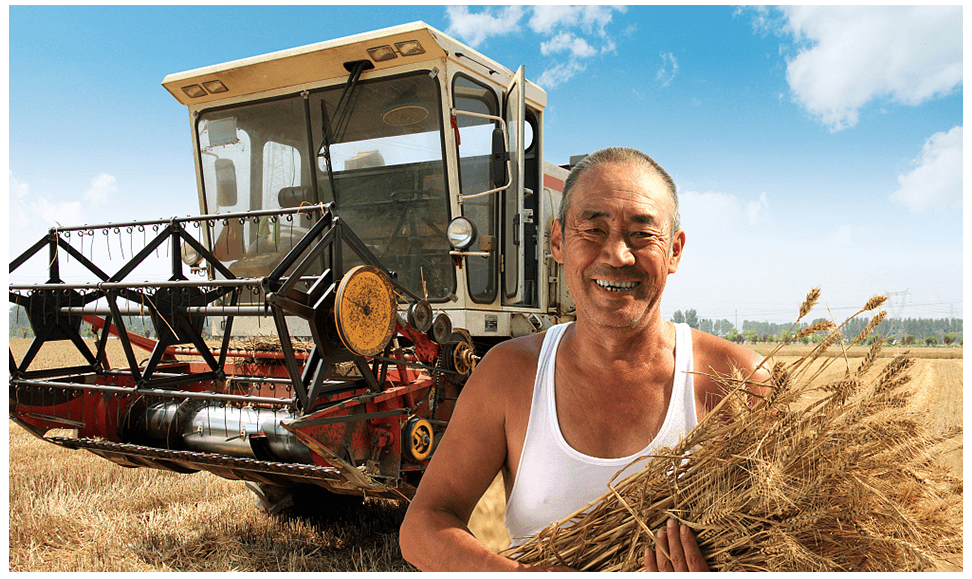THE UPGRADED CONDITION OF
AGRICULTURAL PRODUCTION
The PRC was founded with a poor agricultural infrastructure, which
resulted in low grain output as climatic
conditions imposed a heavy restriction, ranging from drought to floods. In the 1960s and 1970s, despite
difficulties in many aspects, the country strengthened construction of farmland water conservancy facilities.
Since the reform and opening up in 1978, a series of improvements in rural areas, notably introducing the system
of household contract responsibility, has significantly improved overall agricultural productivity.
Irrigation
Agricultural infrastructure has been continuously developed to advance the construction of facilities for small
scale irrigation and water conservancy. In 2018, there were 68 million ha (1.02 billion mu) of irrigated farmland
in China, 2.4 times more than 1952, with average annual growth of 1.9%.
Projects to protect and improve the quality of arable land have been launched. A total of 42.67 million ha (640
million mu) of high-standard farmland have been developed, producing good yields in times of drought or
excessive rain.
A total of 64.67 million ha (970 million mu) of land has been listed as functional zones for grain production and
protected areas for the production of major agricultural products.
Irrigated farmland increased from 19.96 million ha in 1952 to 68.10 million ha in 2018.
Agricultural machinery
Since the 18th National Congress of the CPC, the mechanization of ploughing, sowing, and harvesting has
improved continuously, and the output of grain, meat, peanuts, tea, and fruits have led the world for years.







